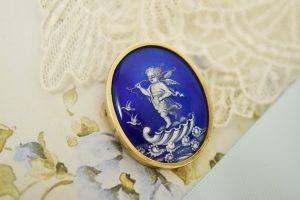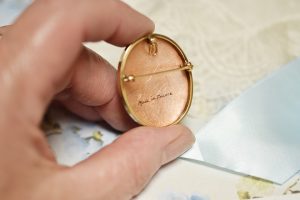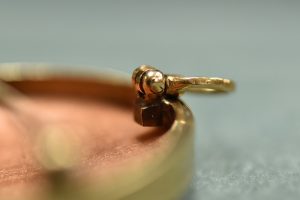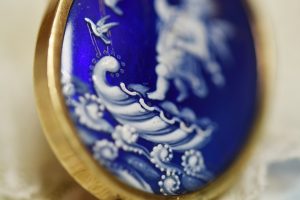Joden Girl
Baubles, Bling and the Latest Things
While everyone is busy complaining about the heatwave we’ve been experiencing this summer, I’m over here relishing in the knowledge that scrumptious tomatoes will be ripening to perfection under the warmth of the July sun. Tomorrow is my day off – amidst endless loads of laundry, cleaning and countless other tasks – I will definitely stop by my favorite farm stand. It’s not a big market, just a small stand-alone shack laden with in-season local goodness. The friendly woman inside is ready to answer questions and make recommendations on the best produce that day. There might be cantaloupe, pickling cucumbers, or green peppers.


A massive pile of early sweet corn will fill half the stand, But the main reason I go is for the tomatoes. These delectable fruits are still warm from the sun. They’re unwashed, some with nutrient dense soil still clinging to the bright red skin. This lovely lady will have pint-sized green cardboard crates filled with cherry tomatoes and oblong boxes with wire handles overflowing with perfect sandwich tomatoes. After I make my selections, she will carefully place my purchases in a brown paper bag before she gives me a total. She doesn’t take credit cards, it’s cash only. After tucking my treasures behind the seat, on the way home, my car will be filled with the musky unique smell of tomatoes fresh from the vine.

These lovely earrings remind me of garden ripe tomatoes. Made from rich, buttery 22-karat gold wire, these handmade beauties evoke feeling of summer. Light and airy, each one depicts a four-petaled flower that dangles whimsically from a curved wire. The shapely petals curl around the center where a tiny ring of gold beads surround a bezel-set gemstone. Nestled within each bezel is a vibrant green tourmaline. The color is deeply saturated, much like the dark hue of mid-summer tomato leaves.


They’re absolutely perfect on the ear. Pair them with your favorite overalls for early-morning gardening – those tomatoes won’t wait! Or accessorize a wide-brimmed hat and cotton dress… the most perfect outfit for an afternoon at the local farmer’s market. You will reach for these earrings time and again – they will become your go-to choice! Priced at $875.00, they’re available in our showroom. Call to claim!
“You can go to a museum and look, or come to us and touch.”
Written by Carrie Martin
Photos by Dana Jerpe













